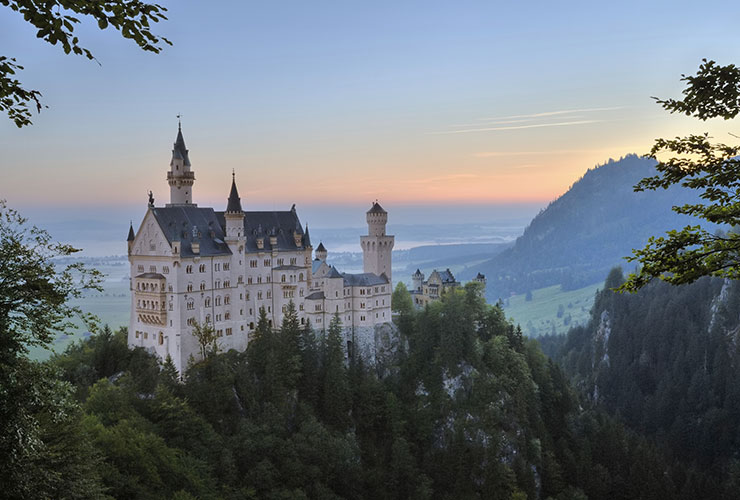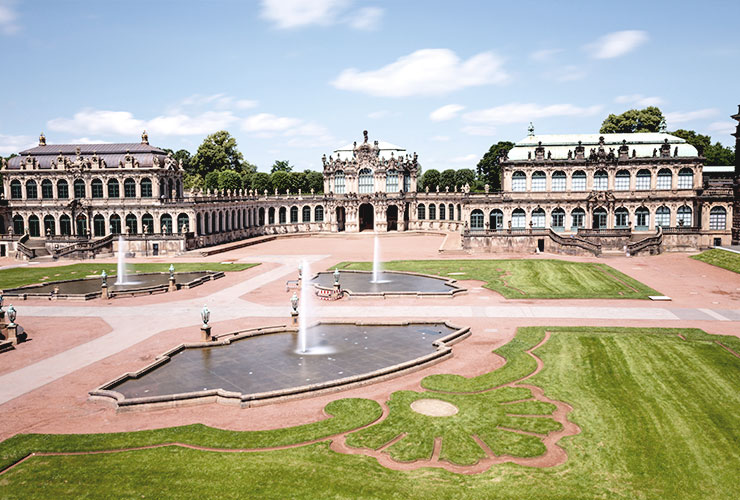A journey among the cities of Hanseatic League
Traveling among the towns of the Hanseatic League promises a tour off the beaten track. The Hanse was a confederation of 100 cities of northern Europe that until the 1600s maintained monopoly on trade in the Nordic seas areas, as far as from the Rhine to London.
Hanse was an open association, without incorporation of deed, statute and program, solely based on common economic interests and on few basic rules. Bremen, Hamburg and Lübeck are very proud of their past as free Hanseatic cities and you will realize it many times on your vacation.
Hamburg’s maritime heritage
The history and look of Hamburg have always been influenced by ships and merchants. As Europe’s second biggest port, Hamburg has always been open to adventurers and travelers from the whole world and is still full of history, drama and wild nights. The pride of having been since the beginning a “free city” of the Hanseatic League reflects in the fact that the city itself is one of the 16 German Länder (regions), even as Bremen. The Town Hall formed by 646 rooms (more than at Buckingham Palace in London!) is the best expression of its rich and powerful past. The exclusive district Jungfernstieg and its palaces overlook the great basin Binnenalster, one of two artificial lakes in Hamburg, and the historical area of the Speicherstadt, the world’s largest contiguous warehouse complex, are among the great attractions of this wealthy and cozy city. The warehouses were built on oak piles and the district is crossed via canals that flood with the high tide. The small barges of the canal tour usually depart from the landing stages in St. Pauli. Inside the narrow canals you can savor the architectural details and enjoy an unforgettable experience.
Enjoy Bremen, a town truly off the beaten path
Bremen loves to define itself as historic, innovative, lively and seafaring. Seafaring despite its sea actually being the river Weser and the city’s port an enclave 60 km away, yet its fortunes and legends did indeed come from the sea. On the way from the sea to Bremen, the “Musicians of Bremen” from the Brothers Grimm fable met for the first time. The statue of Gerhard Marcks is dedicated to the four animals that made the city famous forever in the imagination of generations of children and is located next to City Hall in the famous Marktplatz, surely one of the most beautiful squares in Germany. You can enjoy the city at any time because Bremen is a very safe town. Through the Hanseatic merchant trade of goods, ideas and knowledge from around the world the city’s inhabitants have always known stories of faraway people and are always ready to have a little talk with visitors arriving from abroad. The city is not far from the Wadden Sea, a unique natural habitat on the coast of northern Germany that is worth a special trip.
Lübeck and its enchanting attractions
Less than one hour from Hamburg you can visit the beautiful Hanseatic city of Lübeck, one of the most charming and enchanting towns in Europe. Despite the devastating bombings of the last war, Lübeck is still a beautiful Gothic jewel thanks to the efforts of its citizens and institutions. If you cross the mighty fortified 15th century gate, Holstentor, the city opens like a labyrinth: The Town Hall, the seven bell towers, more than 80 medieval streets and the courtyards of the Old Town collegiate churches are famous worldwide. In May the Rathausplatz (Town Hall Square) is the location of Anno Dazumal Markt, the medieval market that for five centuries has animated the life of Lübeck with its jugglers and puppeteers. A sweet specialty of Lübeck is marzipan, which is still produced mostly by craftsmen. In the Niederegger Museum of Marzipan you can retrace the long journey of this almond-based specialty, from its Eastern origins to the arrival in the Hanseatic town. Marzipan was not invented in Lübeck, but here reached its perfection. According to the inhabitants of Lübeck, it should even be declared a world heritage!
 Hire Expertise
Hire Expertise Bespoke Itineraries
Bespoke Itineraries Travel Carefree
Travel Carefree We suggest you at least
We suggest you at least 
